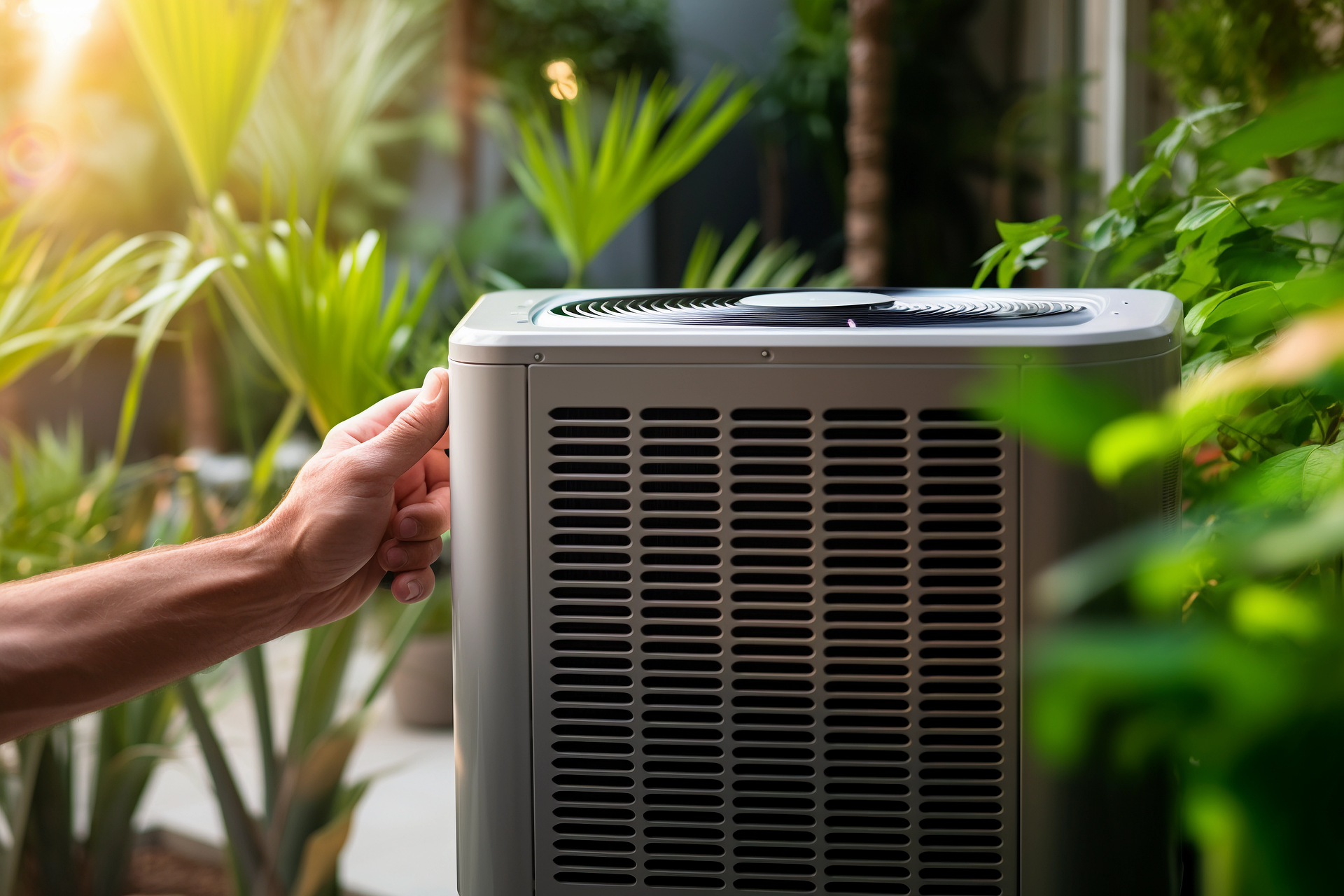Air Duct Cleaning: Improve HVAC Efficiency & Indoor Air
Regular air duct cleaning is a practical step to help maintain a healthy, efficient home system. Over months and years, dust, pet dander, pollen, and small debris can build up inside ductwork and HVAC components, affecting airflow and potentially spreading particles through living spaces. This article explains what air duct cleaning involves, how it affects HVAC performance, the relationship to dust and allergies, what professional cleaning looks like, and how it can improve indoor air quality for occupants and equipment longevity. It aims to give clear, actionable information so you can decide whether cleaning is appropriate for your situation.

This article is for informational purposes only and should not be considered medical advice. Please consult a qualified healthcare professional for personalized guidance and treatment.
What is air duct cleaning and why it matters?
Air duct cleaning refers to removing accumulated dust, debris, mold spores, and biological contaminants from the interior surfaces of a building’s ductwork and associated HVAC components (vents, registers, coils, and fans). When ducts are free of excessive buildup, the system can distribute conditioned air more evenly and with fewer particulates. Clean ductwork also helps reduce odors and can prevent dust from re-entering living spaces. The process typically involves inspection, negative-pressure vacuuming, agitation of debris, and targeted cleaning of system components to restore airflow paths without damaging insulation or sheet metal.
How cleaning affects HVAC performance
A cleaner duct system often means improved HVAC efficiency. When dust and debris clog vents and coils, the blower must work harder to maintain airflow, which increases energy use and may accelerate wear on motors and compressors. Professional cleaning clears obstructed pathways and makes it easier for the system to reach set temperatures, potentially reducing runtime cycles. While cleaning does not replace regular maintenance like filter changes, coil cleaning, and scheduled tune-ups, it complements those tasks by improving overall system airflow and can contribute to longer equipment life when done correctly and combined with routine servicing.
Can cleaning reduce dust and allergies?
Air duct cleaning can reduce the amount of dust circulating from the duct network, which may help people who are sensitive to airborne particles. Removing accumulated dust, pet hair, and biological material from ducts can lower the source of ongoing particle re-distribution during HVAC operation. However, cleaning is not a guaranteed cure for allergies or asthma; indoor sources like fabrics, furniture, and carpeting also contribute to dust levels. Effective strategies include high-quality filters, source control (regular cleaning of surfaces), proper humidity control, and addressing any mold or moisture problems in conjunction with duct cleaning.
What to expect from professional cleaning
A reputable service will begin with an inspection to assess the condition of ducts and related components. The typical professional approach uses specialized brushes, agitation tools, and a high-powered negative-pressure vacuum to dislodge and remove debris without allowing it to spread into living areas. Technicians should also clean accessible parts of the HVAC system such as coils, registers, and blower compartments if requested. Look for clear explanations of methods, visible before-and-after descriptions, and adherence to safety practices. Avoid services that promise sweeping health cures or insist on unnecessary component replacement without evidence.
How cleaning improves indoor air quality
Cleaning ducts can make a measurable difference in the particle load that circulates through HVAC systems, which contributes to better indoor air. Reducing accumulated dust and biological material decreases the potential for odors and lessens the chance of particles being redistributed whenever the system runs. For homes with pets, smokers, or occupants prone to respiratory sensitivity, strategic cleaning paired with appropriate filtration upgrades (like higher MERV-rated filters compatible with the system) and humidity control can create a noticeably cleaner indoor environment. Remember that total indoor air quality depends on multiple actions, not duct cleaning alone.
Conclusion
Air duct cleaning is a targeted maintenance step that can help restore airflow, reduce circulating dust, and support HVAC efficiency when performed properly. It works best as part of a broader indoor air quality strategy that includes routine filter changes, HVAC tune-ups, humidity management, and regular cleaning of living spaces. Evaluate providers carefully, focus on documented methods and clear communication, and consider duct cleaning when there is visible buildup, persistent odors, or after renovations that generated substantial dust. Making informed choices about cleaning and system maintenance helps protect both comfort and long-term equipment performance.






